THE GAME AWARDS 2018
Role: Design Direction & Animation
Client: The Game Awards
Created: 2018
This years promo revolves around the many electric dimensions that video games allow us to experience. They transport us from world to world, connecting people from all across our plane of reality in new forms of virtual existence. The piece follows a female figure running between worlds, passing through inter-dimensional portals linked by an evolving binary code. Each world was designed and animated by different artists, giving each it’s own unique style. It was an honor working with my fellow TGA promo veteran Chase Hochstatter and the master of dystopia Min-Shi. We were also joined by Cody Samson for some real time glitch magic. Heinrich Arnold blessed our ears with some sinister synthesizer beats and Haley Varacallo showed us her bag of make-up and modeling tricks. Special thanks to All Of It Now for letting us use their shoot space & Brian Hazard for the amazing mastering job.
Cellular automation is defined as: units in a mathematical model that have simple rules governing their replication and destruction. They are used to model complex systems composed of simple units such as living things or parallel processors. We found that cellular automation works nicely as a representation of video game design. They are built on binary elements that are constantly evolving or being destroyed by input from their players. We used cinema 4D to create several different animating patterns based on cellular automation forms and implemented them across our level designs.
Cellular Automata Patterns
This year’s logo reveal was designed to appear as though the text and symbol are breaking through the cellular automation grid. It implies that the game awards break through the sea of evolving codes to bring a focus on particular cases of excellence in game design. The reveal was created in Cinema 4D using extruded geometry that cuts through several planes of cellular automata patterns.
Logo Treatment
We experimented with retro-reflective sheets to create an illuminated wall behind our model - Haley Varacallo. She begins our journey in reality, but as she touches the fabric, it tears open into a digital world. The fabric illuminates like a street sign in the night when a light source is placed right next to the camera lens. We tried several angles to find the best cast-shadow from Haley’s silhouette. Our initial tests were done in an empty warehouse space, but we ended up using a more minimal setting.
Intro Portal
The first world, created by Peter Clark, is largely a tribute to the Tyrell Corporation architecture from Bladerunner. The world also takes inspiration from recent games such as Cuberpunk 2077. The buildings were originally based on the forms of The Game Awards symbol, which has several 45 degree angles. The various neon signs were created in After Effects and the final scene was rendered in Octane.
World 01 - Data Passage
The typography for this year is based on ‘Pano’, which is reminiscent of the old corporation logos in Bladerunner or the title sequence for Alien. We fully embraced the retro-vibes and created glitchy compositions of kinetic typography flickering across the screen. Once the typography was animated in After Effects, we re-photographed it on an old laptop screen to get the pixelated edges and slight color offsets. Finally, these image sequences were processed in Notch to create small pixel echoes of the type.
Kinetic Typography
Direction: Peter Clark
Animation: Chase Hochstatter, Min-Shi, Peter Clark
Notch FX: Cody Samson
Sound: Heinrich Arnold
Model & Makeup: Haley Varacallo
Mastering: Brian Hazard
Special Thanks: All Of It Now

